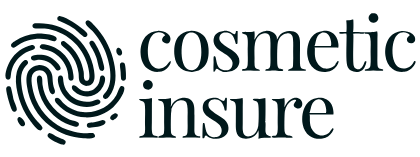Navigating mole removal is like starting on a journey through a well-charted map. You’ll begin with an initial consultation, where a dermatologist assesses the mole and discusses your options. The procedure itself, whether a surgical excision or laser therapy, involves local anaesthesia to guarantee comfort. Afterward, you’ll need to keep the wound clean and watch for any signs of infection. Healing times can vary, and follow-up appointments are essential to monitor any changes in your skin. Curious about how to manage pain or what long-term care involves? Let’s explore the steps in detail.
Key Takeaways
– Dermatologists assess mole type and medical history before choosing a removal technique.
– Local anaesthetic is administered to numb the area during the procedure.
– Post-procedure care includes keeping the wound clean, using prescribed ointments, and monitoring for infection.
– Healing time varies but typically takes 1-3 weeks, depending on the removal method.
– Regular follow-up visits and skin checks are crucial for monitoring and preventing future skin issues.
Initial Consultation
During your initial consultation, you’ll meet with a dermatologist to discuss your mole removal options. This meeting is vital for evaluating the types of moles you have and determining the best treatment plan.
The dermatologist will begin by conducting a thorough skin evaluation. They’ll examine the size, shape, colour, and texture of your moles to identify whether they’re benign or potentially malignant.
Understanding the different mole types is essential in this evaluation process. Common mole types include junctional moles, which appear flat and dark, compound moles, which are slightly raised and lighter in colour, and intradermal moles, which are raised and flesh-coloured. Each type requires a different approach for removal, so accurate identification is key.
The dermatologist will also inquire about your medical history, including any family history of skin cancer, to assess your overall risk. This helps in creating a personalised treatment plan tailored to your needs.
They’ll explain the various removal techniques, such as surgical excision, laser therapy, or cryotherapy, and discuss the benefits and potential risks associated with each method.
Pre-Procedure Preparations
Before undergoing mole removal, there are several key preparations you’ll need to make to guarantee a smooth procedure.
First, your healthcare provider will conduct a thorough mole assessment. This helps them understand the characteristics of your mole and determine the best removal method for your specific skin type. Different skin types react differently to procedures, so this step is essential.
Here’s a checklist to help you prepare:
Consultation Review: Revisit the details discussed during your initial consultation to confirm you understand the procedure and aftercare.
Medication Disclosure: Inform your doctor about any medications or supplements you’re taking as they may affect the procedure or healing process.
Skin Preparation: Follow any specific skin preparation instructions your doctor provides, such as avoiding certain skincare products or sun exposure.
Pre-Procedure Instructions: Adhere to any fasting or hydration guidelines given by your healthcare provider.
Allergy Check: Confirm you’re not allergic to any materials that will be used during the procedure, such as anaesthetics or antiseptics.
The Mole Removal Process
The mole removal process typically begins with the administration of a local anaesthetic to numb the area, guaranteeing you won’t feel any discomfort during the procedure.
Once the area is numb, your healthcare provider will determine the most appropriate removal technique based on the type of mole you have.
There are various mole types, including common moles, atypical moles, and congenital moles. Each type may require a different approach.
For instance, a simple shave excision is often used for small, raised moles. In this technique, the mole is carefully shaved off at the skin’s surface.
If your mole is flat or suspected to be atypical, a punch biopsy might be employed. This method involves using a small, round blade to remove a core of skin, including the mole and some surrounding tissue.
For larger or deeper moles, a full-thickness excision might be necessary. This involves cutting out the mole along with a margin of healthy skin, followed by suturing the wound.
After the mole is removed, it’s typically sent to a lab for histopathological examination to rule out malignancy. This step is essential, especially for atypical moles, to safeguard your long-term health.
Immediate Post-Procedure Care
Your healthcare provider’s immediate post-procedure care instructions are essential to ascertain proper healing and prevent complications. Following these guidelines meticulously will help you manage pain and guarantee peak wound care.
Here are the key steps you should take:
– Keep the wound clean and dry: Gently clean the area with mild soap and water, then pat it dry. Avoid soaking the wound or exposing it to excessive moisture.
– Apply prescribed ointments: Use any topical antibiotics or healing ointments as directed to prevent infection and promote healing.
– Change bandages regularly: Replace the dressing daily or more often if it becomes wet or dirty. This helps keep the wound clean and reduces the risk of infection.
– Monitor for signs of infection: Watch for redness, swelling, increased pain, or discharge. If you notice any of these symptoms, contact your healthcare provider immediately.
– Manage pain effectively: Use over-the-counter pain relievers like acetaminophen or ibuprofen as recommended. Avoid aspirin, as it can increase bleeding.
Healing and Recovery Timeline
Typically, the healing and recovery timeline for mole removal can vary depending on the method used and individual factors such as your overall health and skin type. For instance, if you’d a surgical excision, it may take about two to three weeks for the wound to heal.
On the other hand, laser removal often results in a faster recovery, sometimes within a week.
Key healing factors include your body’s natural healing ability and how well you follow post-procedure care instructions. Keeping the area clean and dry, applying prescribed ointments, and avoiding direct sunlight are essential recovery tips. These steps can help prevent infection and promote faster healing.
You might notice some redness and swelling initially, which typically subsides within a few days. Scabbing or crusting over the site is common and usually falls off within a week or two.
If stitches were used, they’ll usually be removed after about one to two weeks, depending on the location of the mole.
Potential Risks and Complications
When considering mole removal, it’s important to be aware of potential risks and complications. Each procedure carries its own set of challenges, and understanding them can help you make informed decisions and manage your expectations effectively.
Here are some key risks and complications you might encounter:
– Infection Risk: Post-procedure, the site can become infected if not properly cared for. Maintaining cleanliness and following aftercare instructions are crucial.
– Scarring Potential: Depending on the removal technique and your skin type, scarring may occur. Discussing this with your practitioner can help set realistic expectations.
– Anesthesia Options: Local anaesthesia is commonly used, but some individuals may experience adverse reactions. It’s important to discuss any allergies or past reactions with your healthcare provider.
– Allergic Reactions: Besides anaesthesia, other materials or medications used during the procedure could cause allergies. Informing your provider about any known allergies beforehand is vital.
– Healing Challenges: Some individuals may face difficulties during the healing process, such as prolonged redness or irritation. Your practitioner’s guidance can be invaluable in managing these issues.
Regular follow-up visits with your healthcare provider are important to monitor healing and address any complications promptly. By staying vigilant and informed, you can minimise risks and promote a smoother recovery.
Long-Term Care and Monitoring
Long-term care and monitoring are vital aspects of post-mole removal recovery. Once the mole is removed, you need to make certain lifestyle adjustments to guarantee ideal healing and reduce the risk of complications.
Start by keeping the wound clean and dry. Follow your healthcare provider’s instructions for wound care, including changing dressings and applying topical medications as directed.
Skin protection is essential to prevent further damage and reduce the risk of new moles or skin cancer. Use a broad-spectrum sunscreen with at least SPF 30 daily, even on cloudy days. Wear protective clothing, such as long sleeves and wide-brimmed hats, when you’re outdoors.
Regularly monitor the area where the mole was removed for any changes, such as new growths, discoloration, or unusual symptoms. Schedule follow-up appointments with your dermatologist to guarantee proper healing and to discuss any concerns.
Your doctor may recommend periodic skin checks to detect any new moles or skin changes early. Incorporating these adjustments into your routine will help maintain your skin’s health and minimise future risks.
Stay vigilant and proactive about your skin care to guarantee long-term well-being.
Frequently Asked Questions
Can Mole Removal Affect My Ability to Exercise or Participate in Sports?
Yes, mole removal can affect your ability to exercise or participate in sports. You’ll need to follow a specific healing timeline and might have to make exercise modifications to avoid disrupting the healing process and prevent infection.
Are There Any Dietary Restrictions I Should Follow After Mole Removal?
Coincidentally, the same foods that boost your overall health can aid in recovery. Follow dietary guidelines focusing on healing foods like lean proteins, fruits, and vegetables. Avoid processed foods and alcohol to support ideal healing.
Is It Possible for the Mole to Regrow After Removal?
Yes, a mole can regrow after removal, depending on mole regrowth factors like incomplete excision. Various mole removal techniques, such as surgical excision, aim to minimise this risk, but regrowth is still possible in some cases.
Will Mole Removal Leave a Scar That Changes Over Time?
Yes, mole removal can leave a scar that changes over time. Scar healing varies by individual, but with proper scar management, such as using silicone gels or sheets, you can minimise and improve the appearance of the scar.
Can I Use Cosmetic Products on the Area After Mole Removal?
After mole removal, avoid cosmetic products on the area to prevent irritation. During the healing process, your skin’s sensitivity increases, making it essential to keep the area clean and moisturised with doctor-recommended products only.
Conclusion
You’ll find that mole removal is a meticulous, manageable process. From the first consultation to follow-up care, every step is designed for your comfort and clarity. Post-procedure, prioritise proper wound care and pay close attention to any signs of complications. Regular reviews are essential to ascertain your skin stays safe and healthy. Remember, consistent check-ups and conscientious care contribute greatly to seamless skin healing and sustained well-being. Your dermatologist’s guidance guarantees a guarded, gratifying journey.




